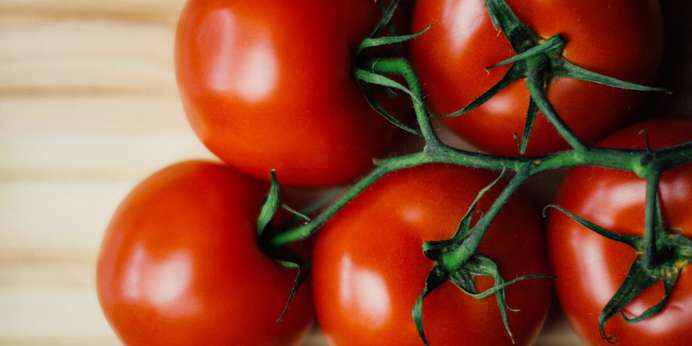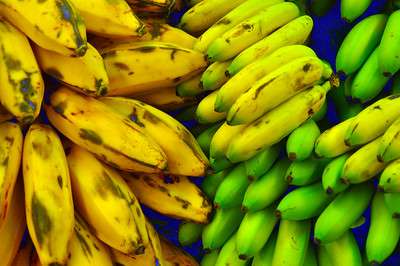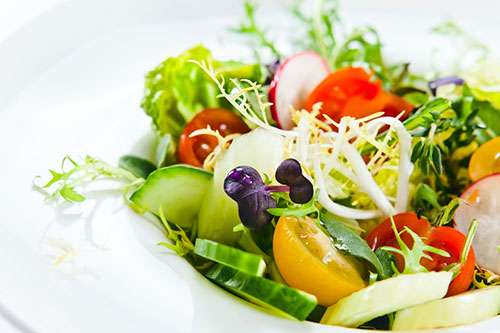
For Mr. I, tomato juice is black. He knows it’s not really black, but he can’t see it any other way, even in his mind. In An Anthropologist on Mars, neurologist Oliver Sacks tells the story of Mr. I, a painter who developed cerebral achromatopsia, or the inability to perceive color, following a car crash. For Mr. 1, Black tomatoes don’t taste right, so he closes his eyes and imagines biting into a ripe, red tomato, trying to erase the visual variable. “But this did not help very much,” Sacks writes, “for the mental image of a tomato was as black as its appearance.”
And tomatoes weren’t the only trouble; any foods that didn’t match the colors he remembered from before the accident were unappetizing and no matter how he tried to visualize that he was eating an orange orange or a yellow banana, his brain refused to believe him. In the end, he decided that he would eat only foods that matched his memories, leaving him with a black and white diet that would include plain but not strawberry yogurt, black but not green olives.
Most of us naturally understand that color impacts our perception of foods. After all, we constantly evaluate foods based on their hue, from checking if the meat is still red to guessing an avocado is ripe when its skin becomes dark green. But color does more than alert us to physical or chemical changes in food; it also deeply impacts how we taste them and, sometimes, even if we taste them. Color is so powerful that it can override what our other senses are telling us to be true, causing us to taste sweetness that isn’t really there, experience flavors that aren’t present, and accept or reject foods simply based on their shade. By understanding the profound effect of color on gustatory experiences, food manufacturers can gain richer insight into consumer expectations and the importance of creating and monitoring the color of edible products.
The Psychological Effects of Food Color

Does food color influence taste and flavor perception in humans? The short answer is yes, as several factors impact a person’s psychological and sensory experience with food, including texture, temperature and appearance. Studies have shown that color can influence the eating experience in multiple ways.
When eating or drinking, most people take in visual information first. They observe how the food looks in contrast to the surrounding plate or container and draw on years of experiences with similar foods before taking a bite — making assumptions about what the food will taste like and how satisfying it will be. Whether consciously or unconsciously, color impacts the following psychological aspects of the eating experience:
- Flavor: People make assumptions about what their food will taste like using color. They may believe that a bright red apple will taste sweet, for example. If the real flavor of the food fails to meet expectations, the brain may not perceive the difference, replacing existing tastes with expected flavors or elevating tastes that are milder than anticipated.
- Fullness: People may eat more or less of a food depending on its color and presentation. White foods such as popcorn may encourage mindless snacking, for example. Studies also indicate that plate color influences how much people choose to eat. However, additional research is needed to determine whether the color itself or the contrast between the plate and the food causes this effect.
- Enjoyment: People often associate brighter-colored foods with better nutrition and flavor. This holds true for fresh produce and candy. If a person finds the color of a food appealing, their overall enjoyment may be enhanced regardless of actual flavor or nutritional content.
- Food choice: People naturally gravitate toward foods with appealing colors and avoid foods with unappealing or worrisome colors. Foods with colors that indicate spoilage or poor quality are unlikely to sway customers at the supermarket.



